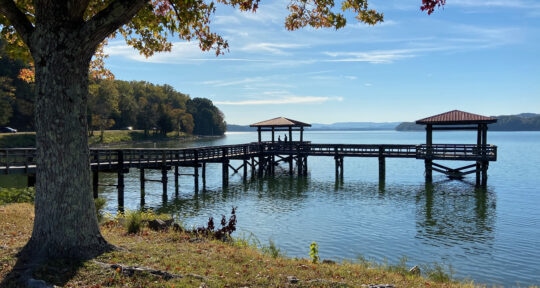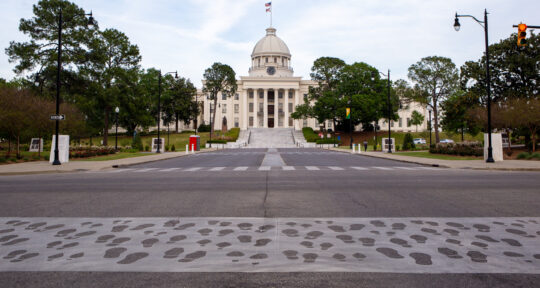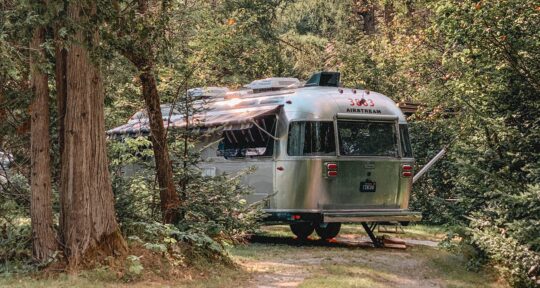When Zena Howard was just nine years old, she already knew she wanted to be an architect. Though she lacked the language to properly name her dream career, and people often conflated what she described with engineering, she knew what her dream was—and she made it come true.
Today, Howard is arguably one of the most talented architects in the country—and one of only a handful of architects in the U.S. who are African American women. With more than 25 years of experience creating work designed to pay homage to Black history, which she calls “remembrance work,” Howard’s resume includes renowned projects such as the National Museum of African American History and Culture in Washington, D.C., the Motown Museum expansion in Detroit, Michigan, and the International Civil Rights Center and Museum in Greensboro, North Carolina.
This passion for creating pathways for underrepresented communities—particularly the Black community—translates seamlessly into the ethos and soul of Destination Crenshaw, a 1.3-mile-long open-air museum along Crenshaw Boulevard in Los Angeles, California.
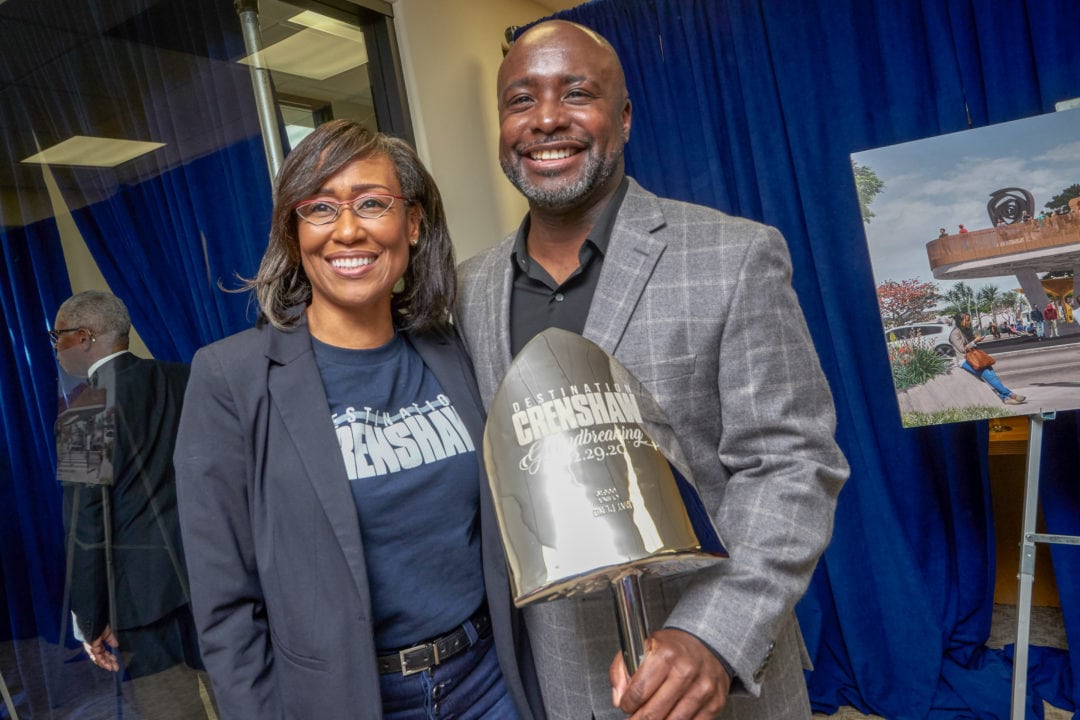
Community investment
Crenshaw is a predominantly Black neighborhood in South Los Angeles. When construction began on a new Crenshaw/LAX Metro transit line, the extra noise and pollution was an unwelcome intrusion. “Destination Crenshaw was birthed from the community’s experiences with trying to find a creative way to address this metro line going through it,” says Howard. “It was a great notion for [people in the community] to view it as an opportunity to really celebrate their rich history and culture and heritage.”
When Black communities aspire to change infrastructure and create hubs for Black culture, they often experience pushback. Destination Crenshaw is fighting back against the gentrification and artistic erasure of Black art in Los Angeles. The one-of-a-kind project—spearheaded by Howard and her firm Perkins and Will—broke ground in February 2020, and is made to tell the soulful stories of the community.
In addition to commissioning more than 100 public artworks from Black artists, Destination Crenshaw will also create a number of new jobs in construction, operations, and maintenance. More than 1,000 new trees and 30,000 square feet of green scaping will be added. In a city where many Black areas suffer from environmental racism—including food deserts, lead contamination, and heightened emissions—Destination Crenshaw is an unprecedented investment in the community.
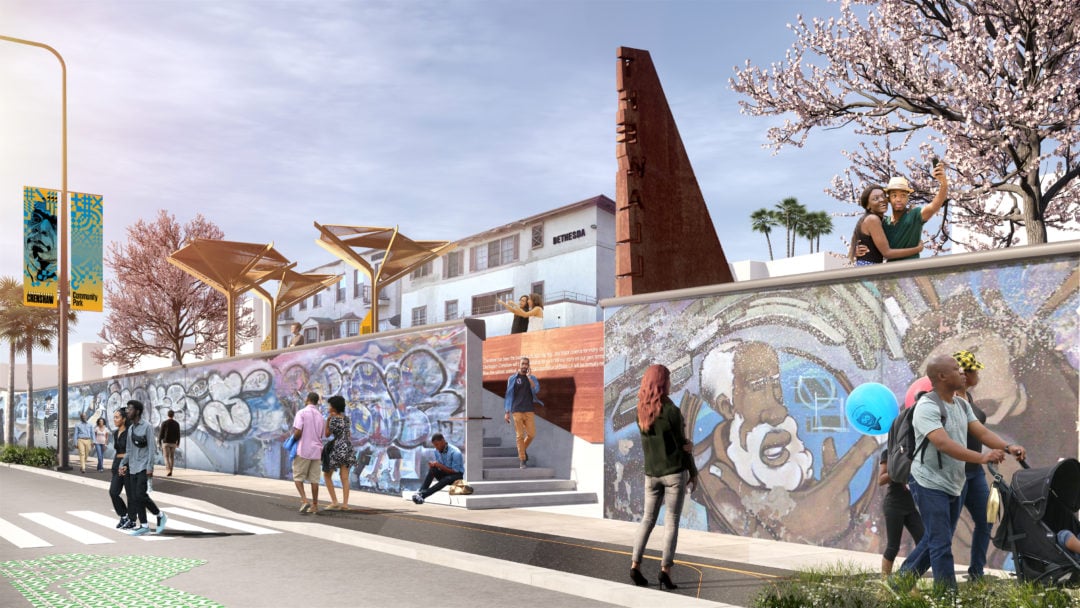
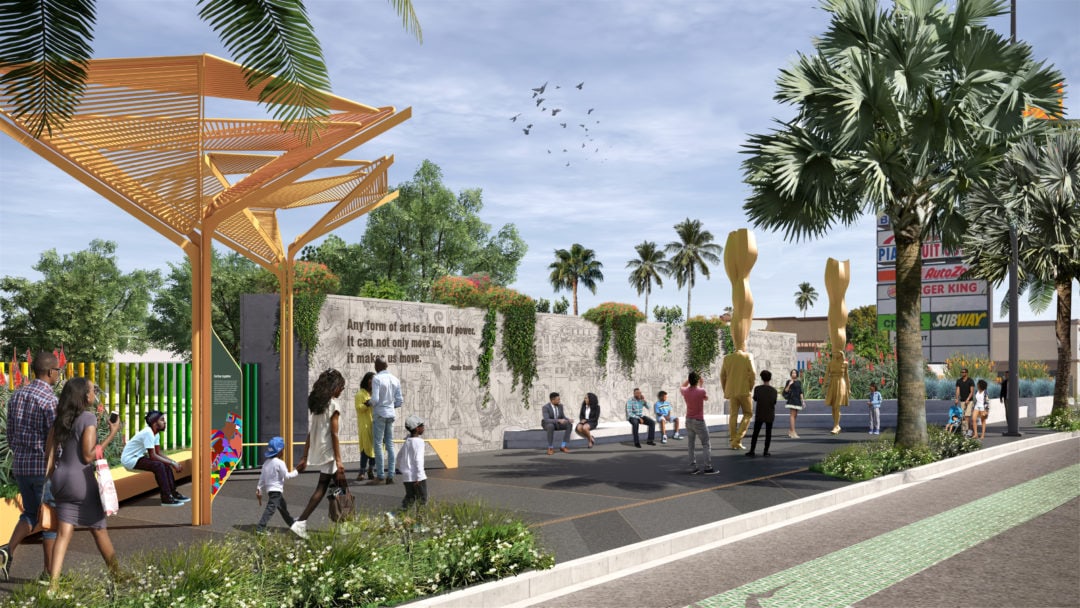
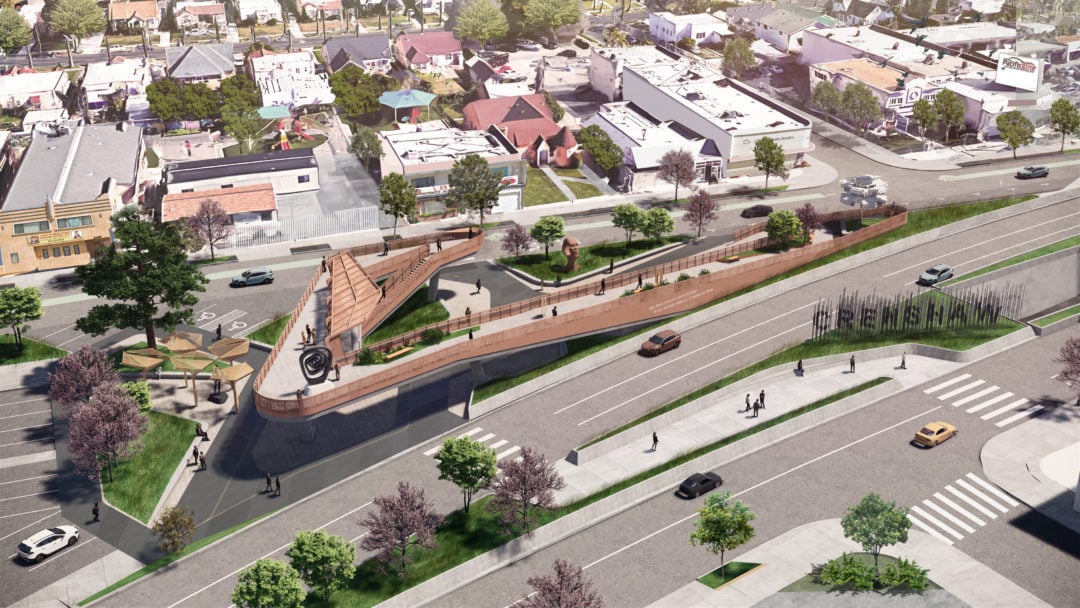
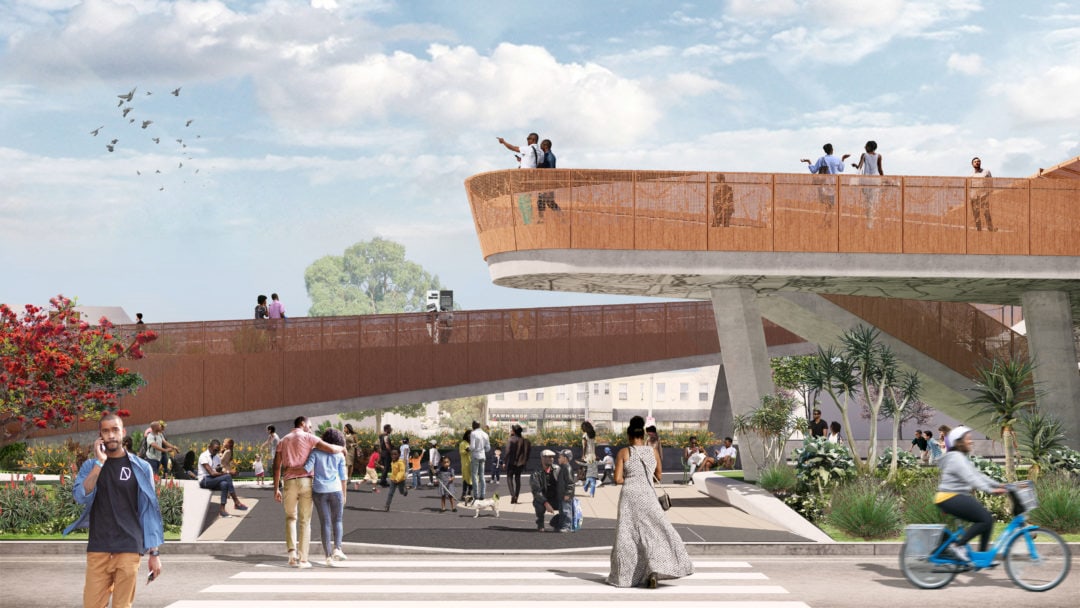
Art and activism
Comprising both art and activism, Destination Crenshaw will include parks, trees, installations, paintings, and other art highlighting more than 200 years of activism in Los Angeles.
“We’ve mobilized so many different levers to tell these stories—from the architecture expressed in the shade structures and the design of the structural interventions, to the landscape architecture that pulls from an Afrocentric palette that represents the spirit of this neighborhood,” says Howard.
She mentions that the architecture and interpretive walls are meant to tell stories aimed at reminding people—especially Black people—of where they have come from and where they are going. There will be a “massive display of about 10 very prominent artists that are all from that area,” Howard says. “There’s been a renaissance of African American artists over the past 10 years.”
Among other prominent Angelenos, local activist and musician Nipsey Hussle was an advocate for the project from its inception. Destination Crenshaw seeks to be a celebration of the late rapper’s life.
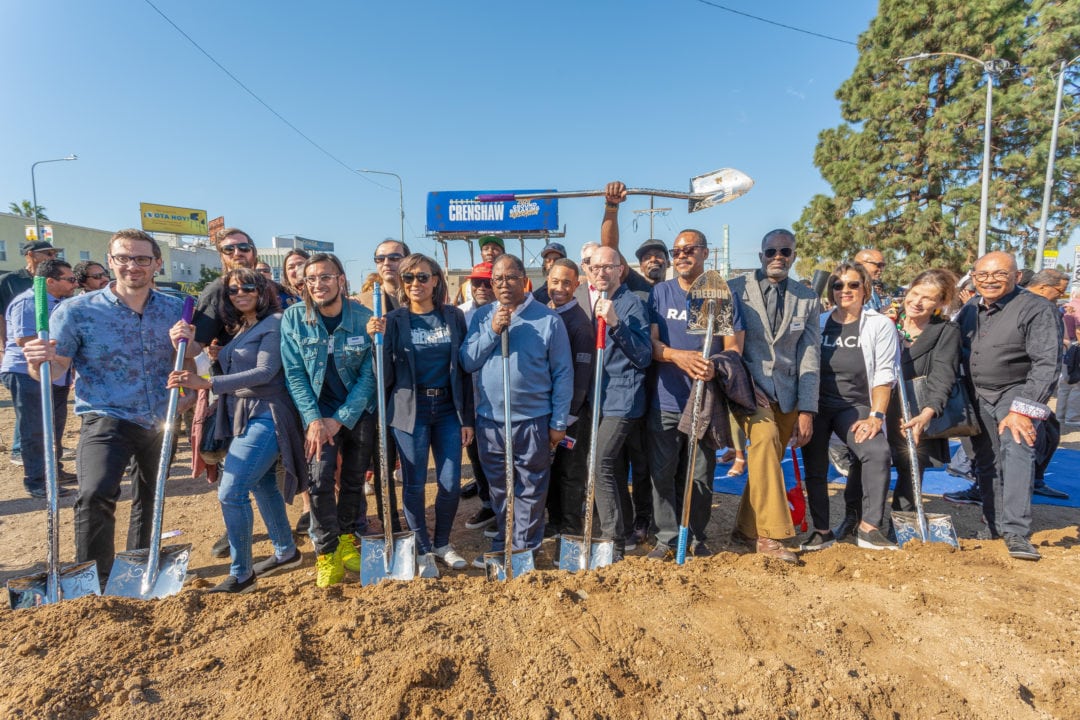
A better future
Growing up in Stockton in California’s Central Valley, a rural city with one of the highest crime rates in the U.S., I often dreamed of moving to a bigger city and living a better life. Yet, when I arrived in Los Angeles as an adult, I quickly learned that all places have their problems. A project like Destination Crenshaw feels like an amazing dream that Black children may dare to have but then eventually be forced to wake up from. It’s a place made for Black people by Black people.
There are so many talented artists in the Black community—yet so few are given the nurturing and support that they deserve. Destination Crenshaw will not only inspire others to love the community they come from and fight stereotypes, but also to do everything they can to build and uplift those around them.
The community hub was originally scheduled to open in the spring of 2020, but construction was delayed due to the COVID-19 pandemic. “We are now starting that construction this fall,” Howard says.
Despite delays, it seems pretty clear that nothing is stopping the force of nature that is Destination Crenshaw.


